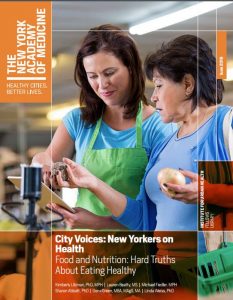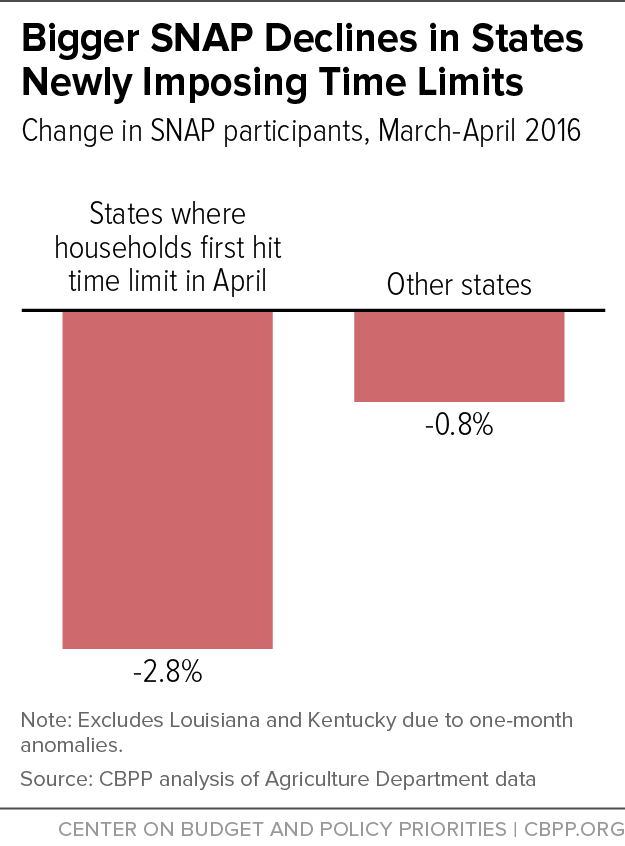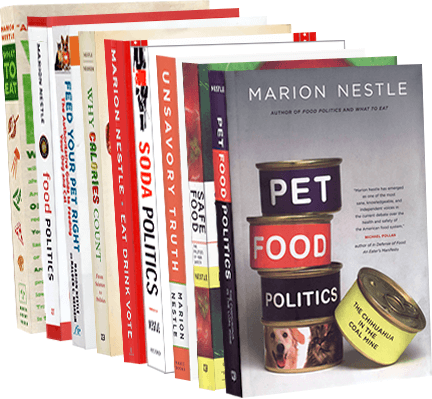GMO labeling: Politico’s winners and losers
I’m just back from Spain and feeling lazy today so I’m just going to “borrow” Politico Morning Agriculture’s Jenny Hopkinson’s take on stakeholder positions on the GMO labeling bill passed by Congress and waiting for the President to sign it, which he is expected to do.
To recap: The bill allows three options for labeling GMO foods.
- A QR code requiring a smart phone (the option favored by industry)
- A symbol to be developed by USDA
- A statement that the food contains genetically modified ingredients (the option favored by pro-labeling groups)
If the President ignores the veto campaign and signs the bill, the USDA will be responsible for writing regulations for all this. In the meantime, here are some of the highlights of Jenny Hopkinson’s winners and losers.
Winners:
- Sen. Debbie Stabenow: The ranking member of the Senate Agriculture Committee pretty much got everything she wanted. In pushing the issue to the last few days before the law in Vermont took effect, Stabenow, who has long called for a balance of preemption with some sort of disclosure, forced Republicans to accept her terms or let the food industry deal with Vermont’s law….
- SmartLabel: The Grocery Manufacturers Association’s newest technology venture stands to do well should companies embrace electronic and QR code labeling in the way the group thinks they will – and it sets the groundwork for companies to quickly address future food fights. The concept has been backed by Agriculture Secretary Tom Vilsack, and has a lot of big companies singing its praises….members will be charged just $5 per SKU, and non-members $15 per SKU…But given the huge number of food companies out there, it’s certainly not chump change. And the precedent it sets when the next labeling crisis comes up is potentially priceless.
- President Obama: In a 2007 campaign stop, then-candidate Obama promised to label GMOs in food. When he signs the bill, he will have done just that. Credit also needs to go to his agriculture secretary, the aforementioned Tom Vilsack, who helped lay the groundwork for the eventual legislation and has already directed his staff to get cracking on implementation.
- Pro-labeling advocates: While they have made it explicitly clear they don’t like the deal, pro-labeling groups should be patting themselves on the back…all companies must disclose what’s in their products…a testament to the power of advocates who stuck to their position and made it clear to lawmakers that consumers have the right to know.
Losers:
- GMA and the food industry: Admittedly MA [Morning Agriculture] went back and forth on which column GMA and the food industry should be in. Stopping state GMO labeling has long been the group’s top priority – but it’s come at a huge price…after spending hundreds of millions fighting state labeling campaigns and in court battles and lobbying lawmakers…On the other hand, the legislation gives food companies at least another two years – likely longer thanks to lawsuits – before they must label…
- The Non-GMO Project: This third-party certification group – you’ve likely seen their butterfly logo all over the grocery store…But since the bill now lets them make that claim, The Non-GMO project and other certification groups stand to lose a big part of their market.
- Sen. Pat Roberts: The Agriculture Committee chairman and Kansas Republican gets much credit for successfully championing a bill through Congress that included the preemption called for by the food and agriculture industries. But he was largely outmaneuvered and prevented from reaching his top goal of making GMO labeling voluntary.
- Vermont: The quirky New England state may have made GMO labeling a high-profile congressional fight, but in the end its law will be in effect for less than a month. That’s a lot of time, money and effort by lawmakers and regulators for small benefit.
You don’t have to fully agree with her analysis—I wonder whether pro-labeling advocates really won on this one—to appreciate how clearly she has identified the broad range of stakeholders in this bill.
Happy weekend: There is still time to sign on to the many “veto it” campaigns (like this one from Vermont Right to Know, for example).



